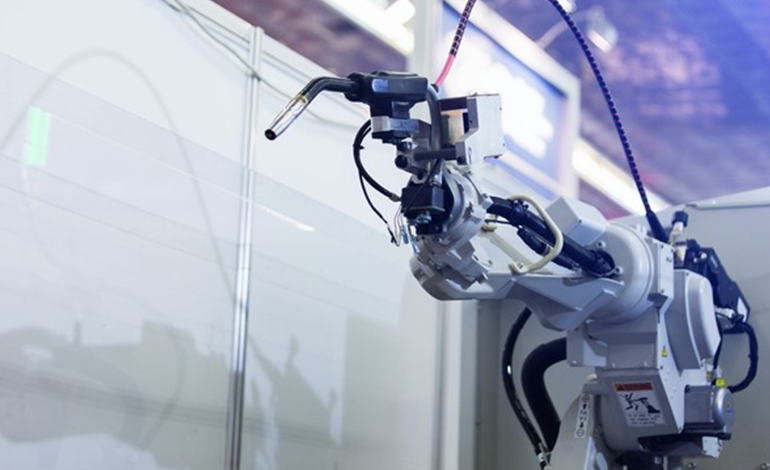
Four basic types of welds
A weld is where two or more metal parts are joined during welding. Welds can be divided into four basic types: full seam welds, fillet welds, T-welds and fillet welds.
First is the full seam weld. A full-seam weld is the most common type of weld, which is formed by welding the edges of two workpieces parallel to each other. Full seam weld has higher strength and better sealing, which is suitable for the occasions requiring higher welding process and quality.
Second is the fillet weld. Fillet welds are welds at the corners of two workpieces, so that the two workpieces are connected at a certain Angle. Fillet welds can provide excellent structural connection and strength support, especially for situations where the stability and rigidity of the workpiece need to be increased.
The third type is the T-weld. T-weld is the welding of one workpiece on the surface of another workpiece to form a "T" shape structure. T-welds have good strength and shear properties and are suitable for workpiece connections that need to withstand shear or tensile forces.
Finally, the fillet weld. Angle joint weld is to connect two workpieces together at a certain Angle through the weld to form an Angle joint structure. Angle joint welds are widely used in the welding of electronic components, circuit boards and fine mechanical equipment, and their welding quality has an important impact on the performance and stability of products.